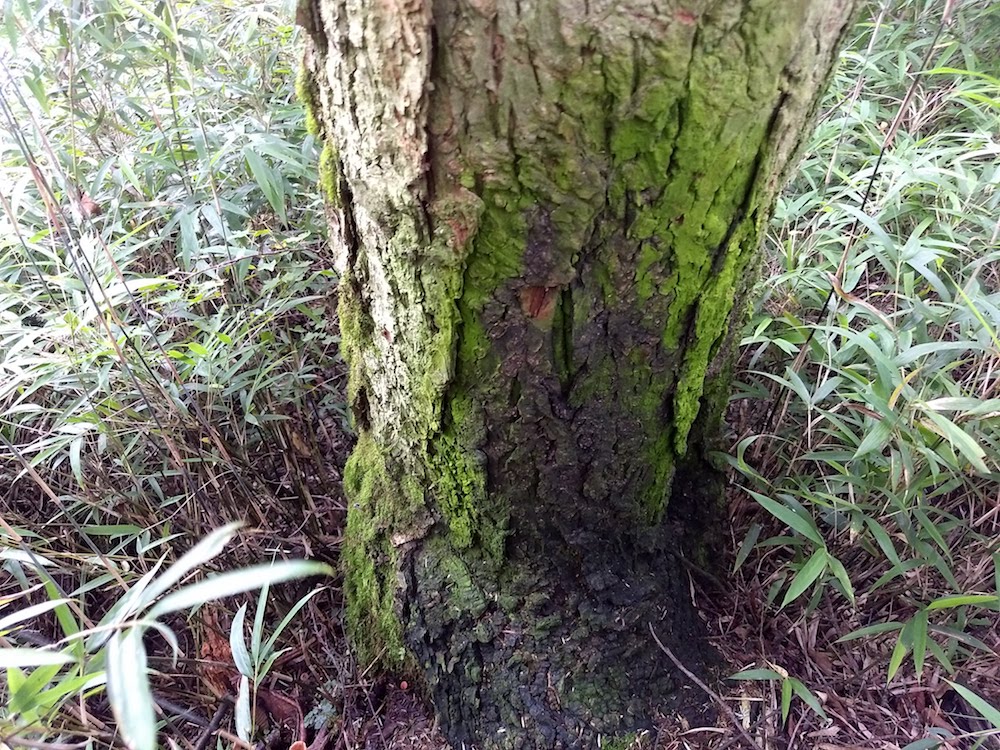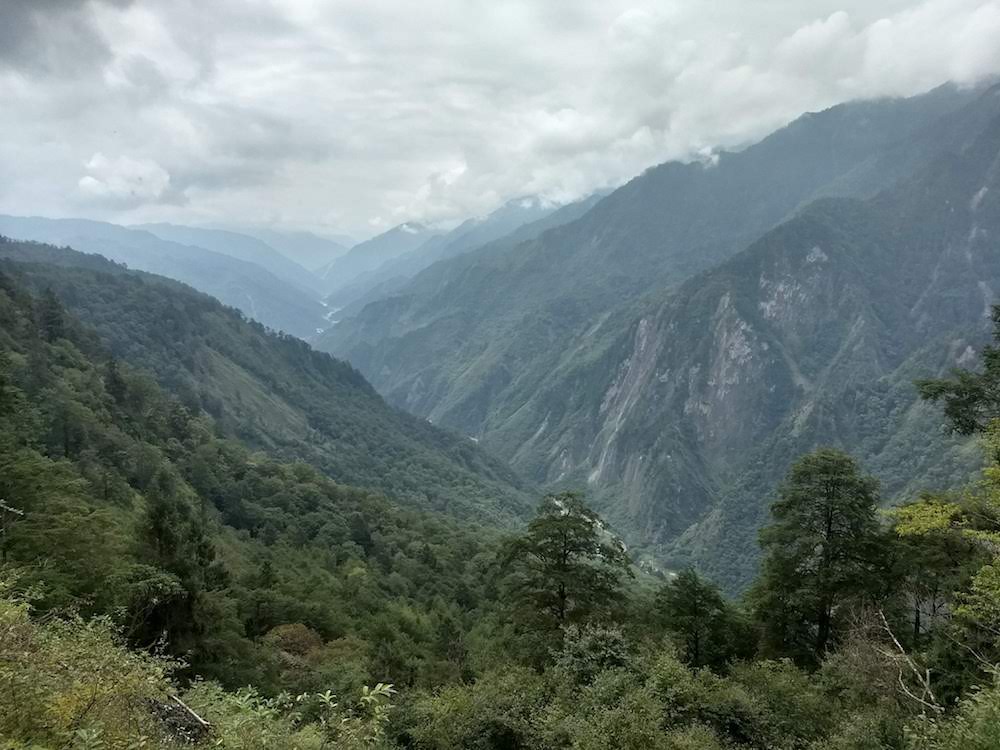Sniffing out pandas' social secrets
Add Summary

Sept. 6, 2018
Thomas Connor is a PhD candidate studying with Jack Liu. His fieldwork takes place in and around Wolong, China.
I find I tend to write most of my blog posts from the field – I guess this is what I think readers will find most exciting, which is probably because it’s what I find most exciting.
I thought that I was done with fieldwork back in April, but while doing analyses for my dissertation research I had an idea for another couple weeks of mountain climbing which I’m now wrapping up. In this latest field excursion, I am trying to locate all of the giant panda scent marking trees in our core study area within Wolong Nature Reserve. Previous research has shown that pandas are able to identify sex, specific individuals, reproductive status, and even dominance status through scent alone.
Due to the importance of scent communication for giant pandas, I thought that it would be good to know where all the locations where scents were advertised in a given area. For this research, I chose the Hetaoping study area, where Vanessa Hull and Jindong Zhang spent several years studying giant pandas with GPS collars and where we have fecal genetics data going back to 2012. Although I think the distribution of scent marking trees through this area is interesting in its own right, I am also hoping to use the data to help understand giant panda movement and potential social networks. A friend and colleague of mine and one of Jindong’s students, Houjin, is also placing camera traps at a subset of these trees that show evidence of lots of scent marking to try and better understand this behavior and its importance to panda ecology.
But how do we tell which trees are scent marking trees? Giant pandas use two forms of scent communication – urine and a waxy substance excreted from their anogenital gland. I would argue that you haven’t seen true grace until you’ve seen a giant panda do a handstand to spray urine or rub this waxy musk higher on a tree.
Popular trees become stained by these excretions and are easy to detect. 
I hope that this research will shed more light on the secret social lives of pandas. Although generally thought of as solitary outside of the mating season, Vanessa and Jindong found some evidence of attraction at other times of year and there have been other reports of larger groups at times. In this case, I think that looking at the topic of panda sociality with our noses might be more fruitful than with our eyes. I’ll make sure to write again when I find out more! For now, I’ll close this post with a bittersweet goodbye to the brutal but gorgeous mountains where I have spent much of the last three years.




 Print
Print Email
Email





